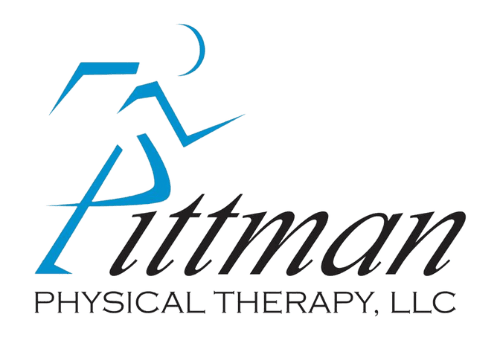Back or neck pain can occur for a variety of reasons. Back pain can be caused by anything that changes the anatomy of the spine, such as lumbar disc herniation, lumbar degenerative disc disease, sacroiliac joint dysfunction, or osteoarthritis. Muscle strains are the most common cause of neck pain, which can occur as a result of a cervical herniated disc, cervical degenerative disc disease, or cervical osteoarthritis.
Back and neck pain can range from mild to severe, and it may be accompanied by other symptoms. Physical therapy, fortunately, can help relieve back and neck pain and get you back to living your normal, pain-free life. Contact Pittman Physical Therapy today to schedule a consultation and get relief from your back and neck pain.
What are my options for handling neck or back pain?
If you are experiencing back or neck pain, you should see your skilled physical therapist right away. He or she will almost certainly perform a physical examination and may request x-rays or a magnetic resonance imaging (MRI) test. Your doctor will be able to clearly see your soft tissues, ligaments, tendons, and blood vessels with an MRI, which can provide evidence of the source of your back or neck pain. Once this is determined, your doctor will recommend a treatment plan, which will most likely include physical therapy.
Back and neck pain can cause productivity loss and is a common cause of disability. As a result, if you are experiencing back or neck pain, it is critical that you seek immediate medical attention.
What are the benefits of physical therapy?
Back and neck pain can be effectively treated with physical therapy. The goals and expected outcomes of these treatments include:
- Decreased pain and stiffness. Your physical therapist will help alleviate pain in the affected area and accelerate the healing process by using passive treatments such as manual therapy.
- Increased strength. Your physical therapist will design an exercise program tailored to your specific needs, which will aid in the strengthening of muscles in the affected area.
- Improved range of motion. Your physical therapist will incorporate flexibility exercises into your treatment plan to help increase your back and neck range of motion.
- Improved quality of life. Physical therapy can help you get back to your normal routine much faster, improving your overall quality of life.
- Injury prevention. By learning proper body mechanics, you can avoid future injuries and keep pain at bay.
Treatment plans include both passive and active methods. Passive treatments alleviate pain, inflammation, and stiffness, whereas active treatments improve strength, flexibility, and function. Ice and heat therapies, manual therapy, electrical stimulation, and ultrasound are all common passive treatments for back and neck pain. Active treatments include specific stretches and exercises prescribed by your physical therapist.
Find pain relief in physical therapy!
Do you suffer from neck or back pain? Physical therapy can make your pain a thing of the past. Contact Pittman Physical Therapy today to confirm your appointment and get started on the first steps toward pain relief.



